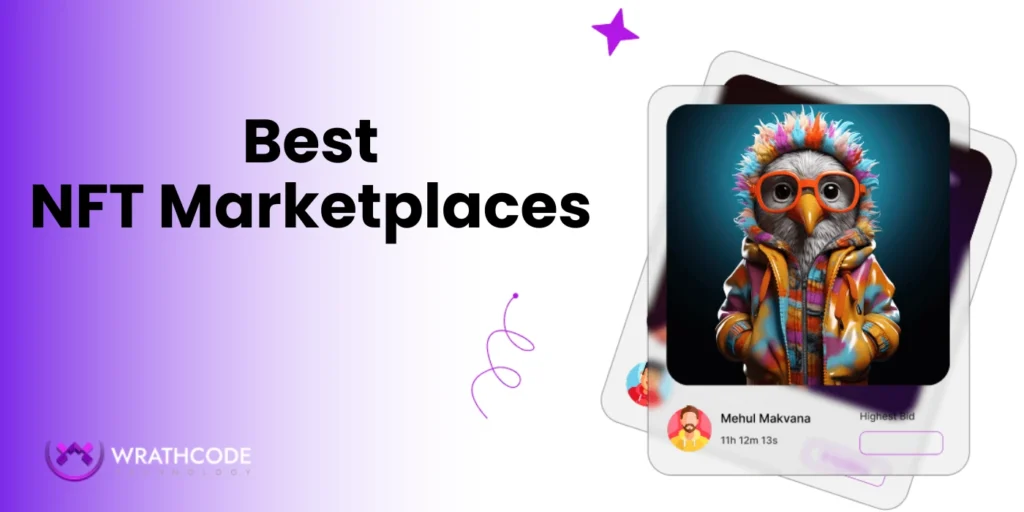
The NFT market has shifted quickly over the last few years. By 2025, the global NFT market is projected to surpass $80 billion in value. This growth is driven by more creators, collectors, and businesses seeking digital ownership and verifiable scarcity.
NFT marketplaces remain the entry point for most users. These platforms allow trading, minting, and collecting across different blockchains. From digital art and gaming assets to music and virtual real estate, each marketplace serves a different need.
Today, some platforms focus on high-frequency trading and advanced analytics, while others emphasize curated art collections or eco-friendly minting solutions. This variety shows how far the NFT ecosystem has matured.
This guide covers 15 NFT marketplace platforms in 2025, explaining their features, supported blockchains, and audience focus. Whether you are an artist, gamer, collector, or investor, understanding these platforms helps you make better decisions.
For entrepreneurs, this evolution also brings an opportunity: instead of depending solely on existing platforms, you can build your own NFT marketplace with an expert NFT Marketplace Development Company.
Why NFT Marketplaces Still Matter in 2025
Despite market fluctuations, NFT marketplaces remain the backbone of digital asset exchange. They provide accessibility, liquidity, and trust through blockchain verification.
By 2025, more than 12 million active wallets are interacting with NFT platforms each month (based on on-chain data). This shows consistent adoption across art, music, sports, and gaming.
Key reasons NFT marketplaces continue to hold relevance:
- Multi-chain expansion: Marketplaces now support Ethereum, Solana, Polygon, Tezos, and other blockchains, giving users more flexibility.
- Fair creator royalties: Platforms like Rarible and Foundation still prioritize rewarding artists directly.
- Low-fee alternatives: Ecosystems such as Tezos and Polygon provide affordable minting, making entry easier for small creators.
- Specialized focus: From gaming assets on Magic Eden to sports collectibles on NBA Top Shot, users can choose platforms that fit their interests.
- Investment opportunities: Professional traders use platforms like Blur for high-frequency strategies with advanced analytics.
NFT marketplaces are not only trading venues. They act as cultural hubs, connecting creators and communities. Their continuous role shows that digital ownership is no longer a trend—it’s part of the broader economy.
15 Best NFT Marketplaces in India
| Marketplace | Blockchain Support | Focus Area | Best For |
|---|---|---|---|
| OpenSea | Ethereum, Polygon, Solana, BNB, Avalanche | General NFTs (art, gaming, music) | Beginners, general collectors |
| Magic Eden | Solana, Ethereum, Polygon, Bitcoin | Gaming & metaverse assets | Gamers, Web3 developers |
| Blur | Ethereum | Professional NFT trading | High-frequency traders |
| Rarible | Ethereum, Polygon, Tezos, Flow | Community-driven NFTs | Independent creators, multi-chain users |
| Foundation | Ethereum | Curated digital art | Exclusive art collectors |
| LooksRare | Ethereum | Rewards-driven NFT trading | Traders seeking token incentives |
| Binance NFT | Binance Smart Chain, Multi-chain | Exchange-integrated NFTs | Investors, high-liquidity traders |
| Nifty Gateway | Ethereum (custodial model) | Premium NFT drops, brand collabs | Collectors, mainstream buyers |
| SuperRare | Ethereum | One-of-one curated digital art | High-end art investors |
| KnownOrigin | Ethereum + Layer 2 | Creative and curated digital art | Artists valuing low fees & curation |
| Objkt | Tezos | Affordable, eco-friendly NFTs | Budget creators, eco-conscious buyers |
| Zora | Ethereum, Multi-chain protocol | On-chain cultural projects | Experimental creators, communities |
| Decentraland | Ethereum | Virtual real estate & wearables | Metaverse developers, land investors |
| Audius | Ethereum, Solana | Music & audio NFTs | Musicians, fans, streaming users |
| NBA Top Shot | Flow | Licensed sports collectibles | Sports fans, NBA collectors |
1. OpenSea
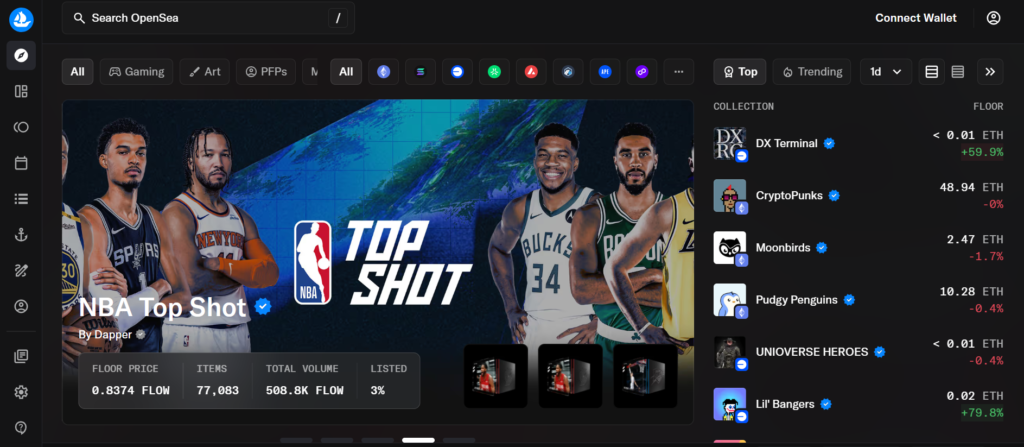
OpenSea remains the largest NFT marketplace in 2025, with millions of active users. It supports multiple blockchains including Ethereum, Polygon, Solana, Avalanche, and BNB Chain. The platform provides access to digital art, gaming items, collectibles, and music NFTs.
What makes OpenSea powerful is its user-friendly interface and advanced trading features like floor price tracking, rarity tools, and bulk listing. OpenSea is often the first choice for beginners and professionals alike.
- Best for: General collectors, artists, and investors.
- Highlight: Over $20 billion in cumulative NFT trading volume since launch (verified reports).
2. Magic Eden
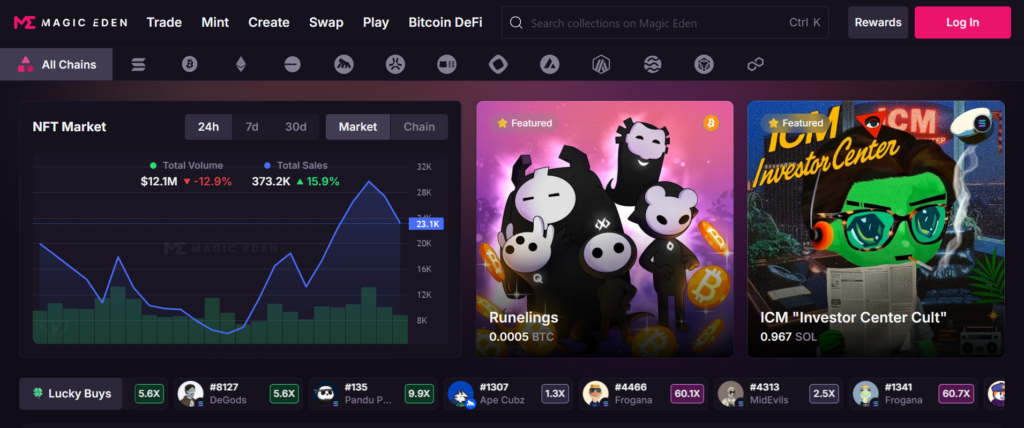
Originally built on Solana, Magic Eden has expanded into Ethereum, Polygon, and Bitcoin ordinals. By 2025, it has positioned itself as a leading NFT marketplace for gaming and metaverse assets.
Its low fees and fast transactions make it especially appealing for players and developers. Many Web3 game studios launch in-game assets directly through Magic Eden, giving it a strong ecosystem advantage.
- Best for: Gamers, metaverse users, and NFT projects tied to play-to-earn models.
- Highlight: Hosts over 10,000 gaming-related collections with strong community adoption.
3. Blur
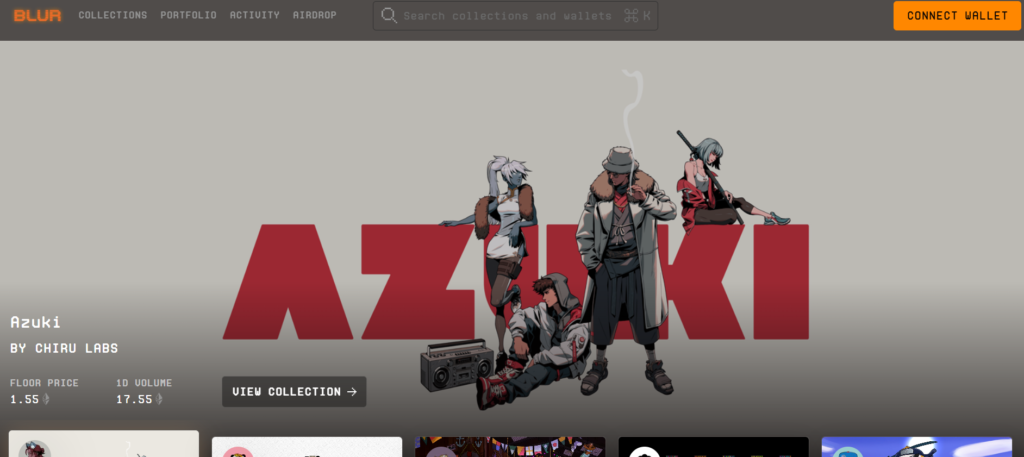
Blur has become the go-to option for professional NFT traders. The platform is designed for high-frequency trading, offering analytics, portfolio management, and instant sweeping tools. Its zero trading fees policy makes it highly competitive.
In 2023–2024, Blur outpaced OpenSea in daily trading volume for several months. By 2025, it remains dominant in the NFT trading platforms category.
- Best for: Active traders, investors, and arbitrage players.
- Highlight: Blur processed more than 60% of Ethereum NFT trading volume in 2024 (industry data).
4. Rarible
Rarible is a community-driven NFT marketplace that supports Ethereum, Polygon, Tezos, and Flow. By 2025, it has built a strong identity around multi-chain support and fair creator royalties.
Unlike marketplaces focused only on volume, Rarible prioritizes creators. Its governance token (RARI) allows the community to vote on upgrades and policies. This makes it one of the most decentralized platforms available.
- Best for: Independent artists, creators, and community-focused collectors.
- Highlight: Over 400,000 NFTs minted across four chains on Rarible by 2025.
5. Foundation
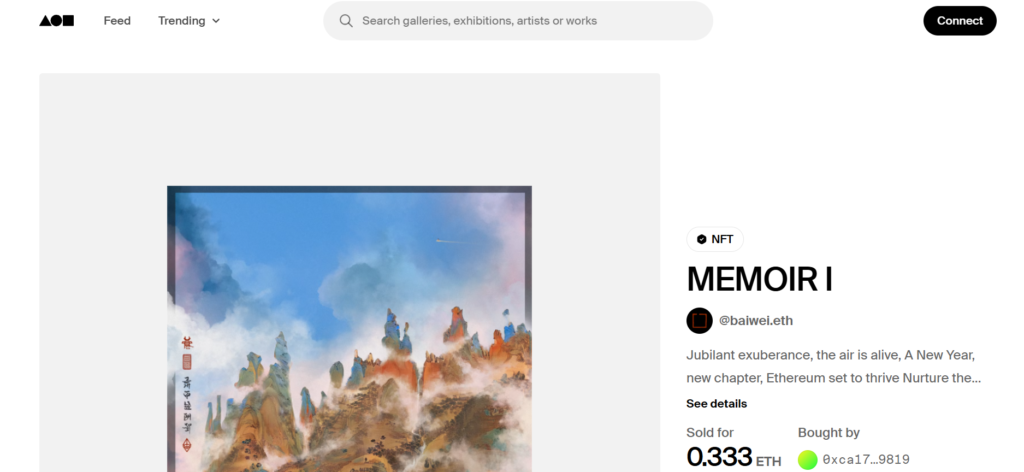
Foundation is known for its premium, curated approach to digital art. Artists apply for approval, ensuring that only high-quality works are showcased. The platform specializes in limited drops and one-of-a-kind art pieces.
For creators, Foundation offers strong royalties and creative control. For collectors, it’s a reliable place to find digital art with proven scarcity.
- Best for: Art collectors who value exclusivity and curation.
- Highlight: Foundation has supported over $150 million in sales for digital artists since launch.
6. LooksRare
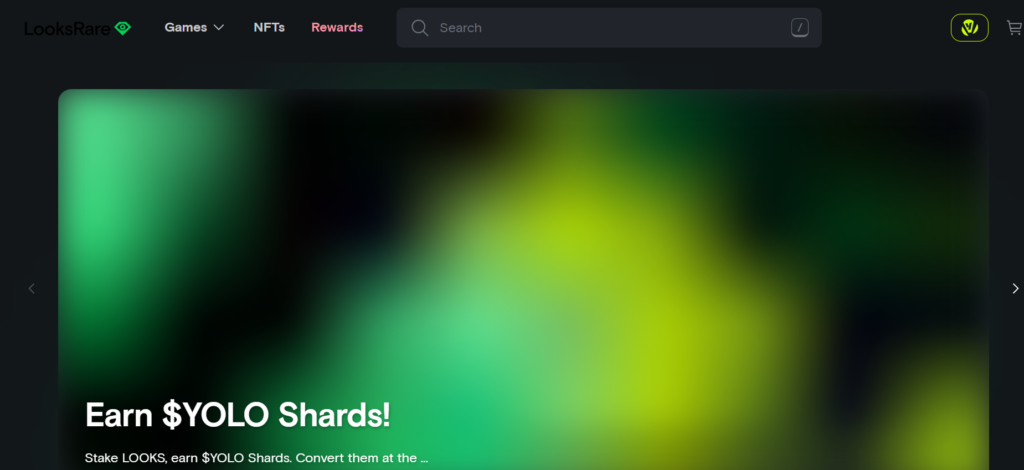
LooksRare stands out because it rewards traders with its native token (LOOKS). Users earn rewards by buying, selling, and staking NFTs on the platform. This incentive-driven model helped it attract volume quickly after launch.
In 2025, LooksRare continues to appeal to active traders who enjoy both marketplace utility and token-based rewards. It also supports royalties and community-driven decision-making.
- Best for: Active traders who want to combine trading with token rewards.
- Highlight: Distributed over $250 million in rewards to its users by 2024.
7. Binance NFT
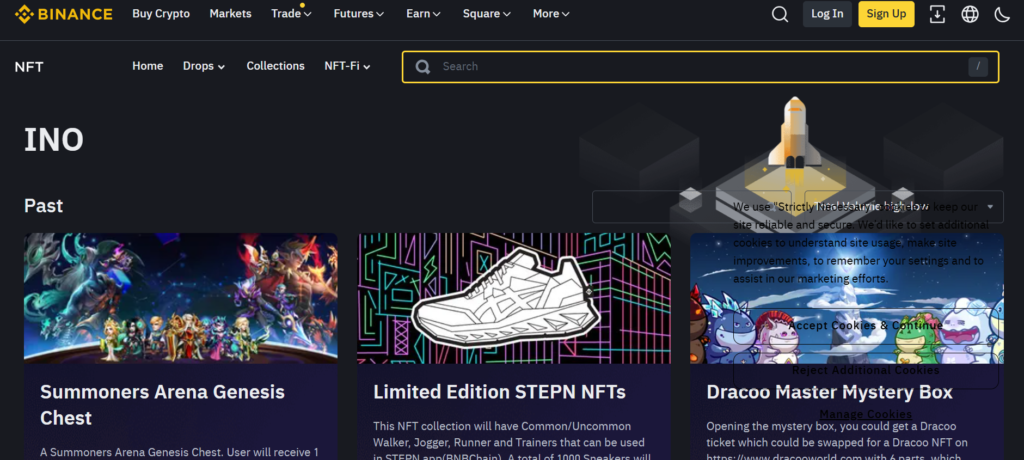
Binance NFT is part of the larger Binance ecosystem, giving it unmatched liquidity and trust. Integrated directly with the Binance Exchange, it allows seamless use of crypto balances for NFT purchases.
By 2025, Binance NFT supports multi-chain assets, exclusive drops, and in-game collectibles. Its strong infrastructure ensures fast transactions and low fees compared to Ethereum-heavy marketplaces.
- Best for: Investors who want reliable infrastructure and high liquidity.
- Highlight: Backed by Binance’s 150+ million registered users worldwide.
8. Nifty Gateway
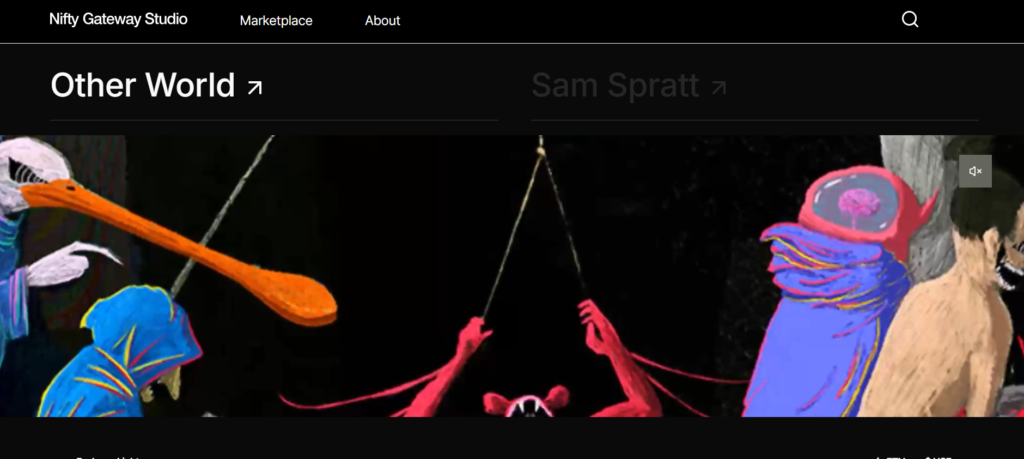
Nifty Gateway is known for its high-profile collaborations and premium drops. It partners with top brands, artists, and celebrities to release NFTs that attract global attention.
What sets it apart is accessibility. Unlike most marketplaces, Nifty Gateway allows purchases with credit cards in addition to crypto. This lowers the barrier for mainstream users.
- Best for: Collectors seeking limited-edition drops and brand partnerships.
- Highlight: Hosted drops with artists like Beeple and brands like Playboy.
9. SuperRare
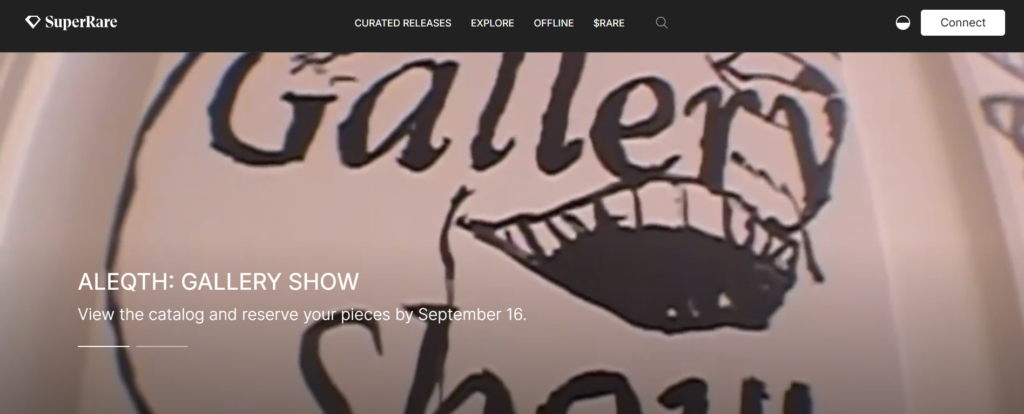
SuperRare functions as a curated digital art gallery. It focuses only on exclusive, one-of-one artworks, making it highly selective. The strict curation ensures a strong reputation for artistic quality.
For collectors, SuperRare offers verified scarcity and authenticity. For artists, it provides visibility in a trusted environment. By 2025, it has become the go to destination for serious art investors.
- Best for: Serious art collectors and high-end digital art investors.
- Highlight: Over $300 million worth of art traded since launch.
10. KnownOrigin
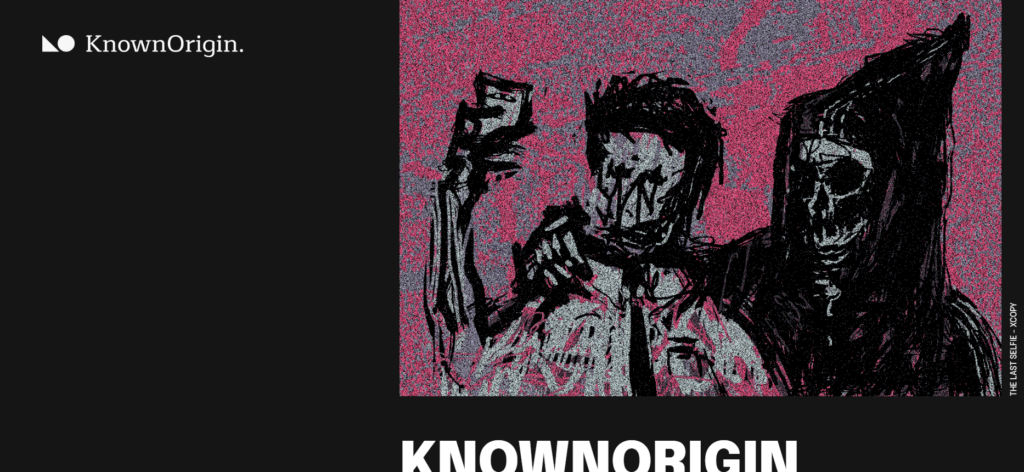
KnownOrigin is an art-first NFT marketplace that emphasizes creative freedom and high-quality curation. Built originally on Ethereum, it now uses Layer 2 minting for reduced gas fees, making it more accessible for creators.
KnownOrigin has become a favorite among artists who want to experiment with digital art without losing ownership rights. Its curated approach helps collectors discover verified and original works.
- Best for: Artists and collectors focused on digital art innovation.
- Highlight: Adopted Layer 2 minting to cut fees by over 80% compared to Ethereum mainnet.
11. Objkt
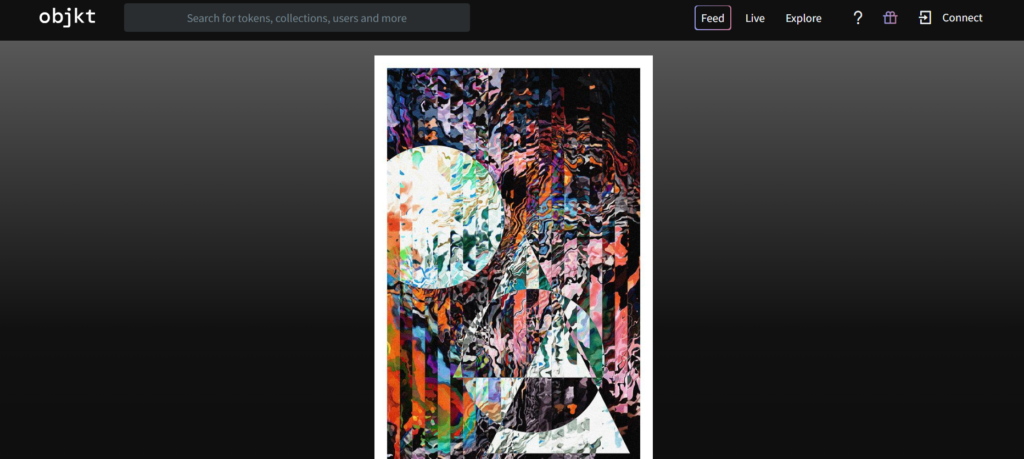
Objkt dominates the Tezos blockchain ecosystem, offering affordable and eco-conscious minting. Its low fees and environmentally friendly infrastructure make it appealing for both creators and buyers.
By 2025, Objkt remains the leading platform for those who want cost-efficient NFT minting without compromising decentralization. It’s widely recognized for hosting experimental art, collectibles, and indie projects.
- Best for: Budget-conscious artists and eco-friendly collectors.
- Highlight: More than 2 million NFTs minted on Tezos through Objkt by 2025.
12. Zora
Zora operates as a protocol as much as a marketplace. It focuses on fully on chain metadata and supports free listing and minting. By removing platform fees, Zora has encouraged creators to experiment with cultural projects and community-driven art.
In 2025, Zora has expanded into music, media, and cultural collectibles, positioning itself as one of the most innovative NFT ecosystems.
- Best for: Creators looking for freedom, experimentation, and community-driven art.
- Highlight: Zora launched over 100,000 fully on-chain collections between 2023–2025.
13. Decentraland Marketplace
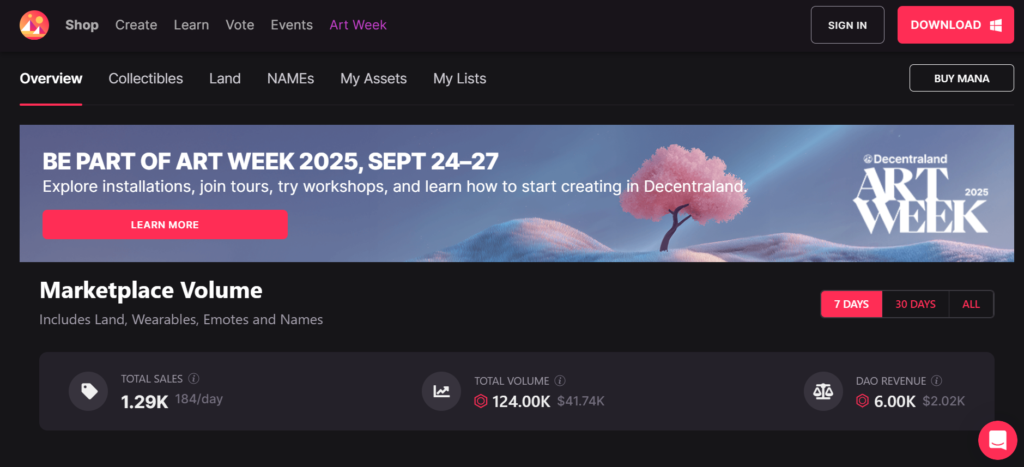
Decentraland Marketplace is dedicated to virtual real estate and metaverse assets. Users can buy, sell, and trade parcels of land, wearables, and in-game experiences.
By 2025, Decentraland continues to attract brands, businesses, and creators building immersive digital spaces. Land ownership inside Decentraland is fully backed by blockchain, providing verifiable scarcity.
- Best for: Virtual land investors and metaverse developers.
- Highlight: Over $1 billion in virtual land sales recorded on Decentraland by 2024.
14. Audius
Audius functions as a decentralized music platform that integrates NFTs directly into its ecosystem. Artists can monetize their work through streaming, fan engagement, and NFT sales.
For musicians, Audius offers independence from traditional record labels. For fans, it creates opportunities to collect rare tracks, albums, or concert passes.
- Best for: Musicians and fans seeking decentralized streaming and NFT music.
- Highlight: Hosts over 7 million monthly active users and 250,000 music creators by 2025.
15. NBA Top Shot
NBA Top Shot is a specialized NFT marketplace that sells officially licensed NBA video highlights and digital collectibles. It transformed sports NFTs into a mainstream phenomenon.
By 2025, it continues to dominate the sports NFT category, offering limited edition “moments” that appeal to both basketball fans and collectors.
- Best for: Sports fans and collectors of licensed digital highlights.
- Highlight: Generated over $1 billion in total sales within its first 3 years of launch.
Future of NFT Marketplaces in India
NFT marketplaces have already transformed digital ownership, but the next phase goes further. The trends emerging now will define how these platforms evolve in the coming years.
1. Cross-Chain Interoperability
By 2025, many platforms already support multiple blockchains. The next step is true interoperability, where assets can move seamlessly between ecosystems like Ethereum, Solana, and Tezos without bridges. This reduces friction and boosts liquidity.
2. AI Integration
Artificial intelligence is starting to play a role in both art creation and marketplace experiences. AI can help detect fraud, verify authenticity, and even generate unique NFT assets. Collectors will see smarter recommendation engines, similar to how streaming platforms personalize content.
3. Immersive Metaverse Assets
Marketplaces tied to metaverse ecosystems—like Decentraland and Magic Eden—will expand beyond static assets. Expect dynamic NFTs that change based on user behavior, in-game achievements, or real-world events.
4. Fractional Ownership
Fractionalized NFTs will allow investors to buy shares of high-value assets such as rare digital art or premium virtual land. This makes NFT ownership more accessible and increases market participation.
5. Regulatory Frameworks
Governments are paying closer attention to NFT markets. By 2026, stricter compliance rules on royalties, taxation, and identity verification are expected. Platforms that adapt quickly will gain long-term trust.
6. Growth of Custom Marketplaces
Brands, musicians, and gaming companies are realizing the benefits of having their own NFT ecosystems. Instead of relying only on OpenSea or Blur, more businesses will launch independent marketplaces tailored to their audience.
Build Your Own NFT Marketplace with Wrathcode
The 15 platforms covered here prove one thing: each marketplace succeeds because it solves a specific need. OpenSea thrives on variety, Blur leads in professional trading, and Audius empowers music creators. But relying only on third party platforms has limits—fees, policy changes, or lack of control.
For brands, artists, or businesses that want independence, the solution is clear: build a custom marketplace. With NFT marketplace development services from Wrathcode, you can:
- Launch on the blockchain of your choice (Ethereum, Solana, Polygon, Tezos, Flow, or multi-chain).
- Set your own fee structures and royalty percentages.
- Integrate custom features like staking, token rewards, or immersive metaverse assets.
- Create a user experience designed around your target audience—whether that’s art collectors, gamers, or music fans.
A custom built marketplace gives you ownership and control, allowing you to scale without depending on centralized players.
Also read – How to Build an NFT Marketplace Step by Step
Conclusion
NFT marketplaces in 2025 are more diverse than ever. From curated art platforms like SuperRare to gaming ecosystems like Magic Eden, each platform caters to a different community. Collectors, creators, and traders can find the right place depending on their goals—low fees, exclusive art, music integration, or licensed sports collectibles.
The future will bring cross-chain trading, AI-driven assets, and fractional ownership, expanding what NFTs can represent. For individuals, this means more choice. For businesses, it means opportunity.
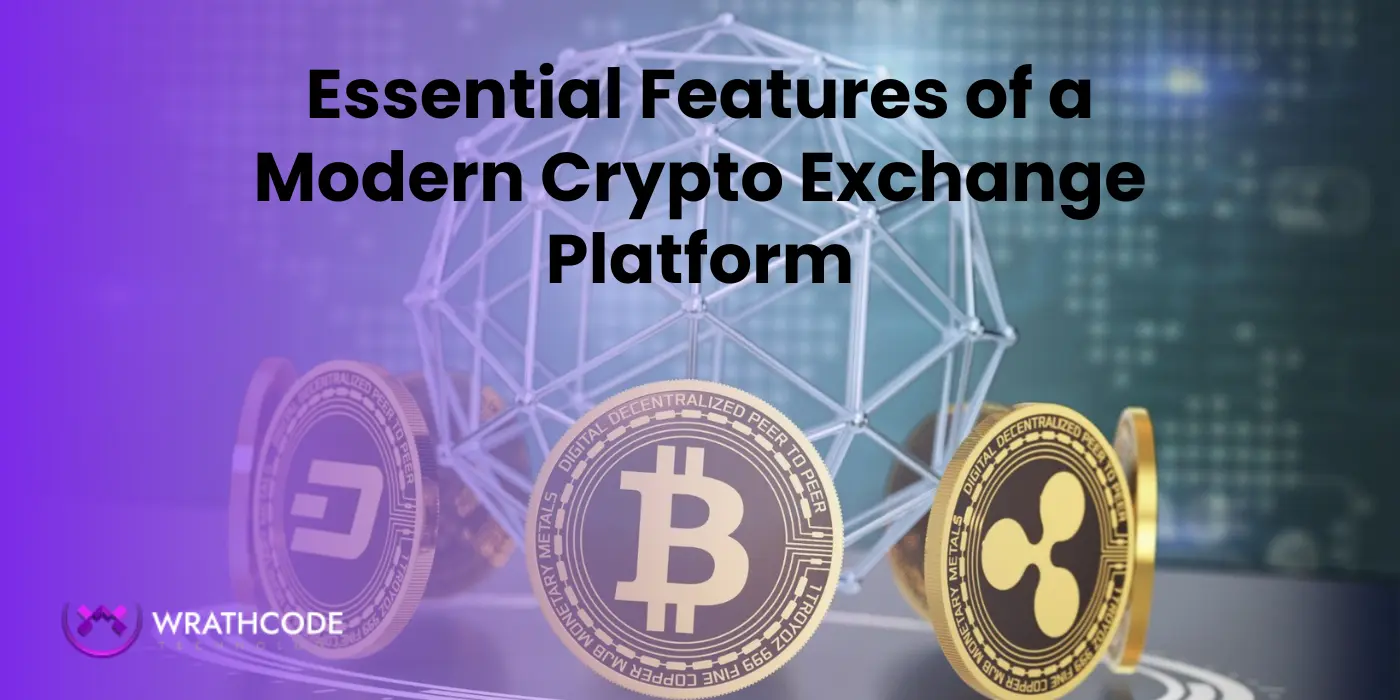
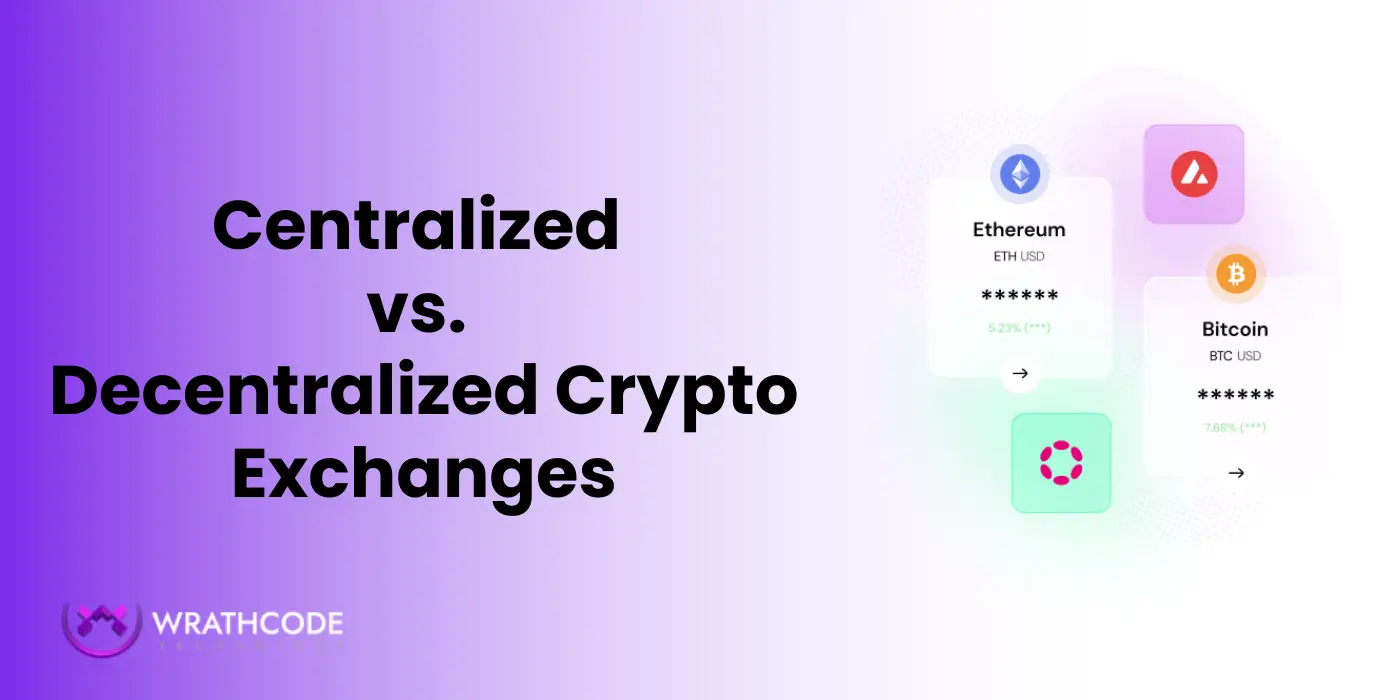
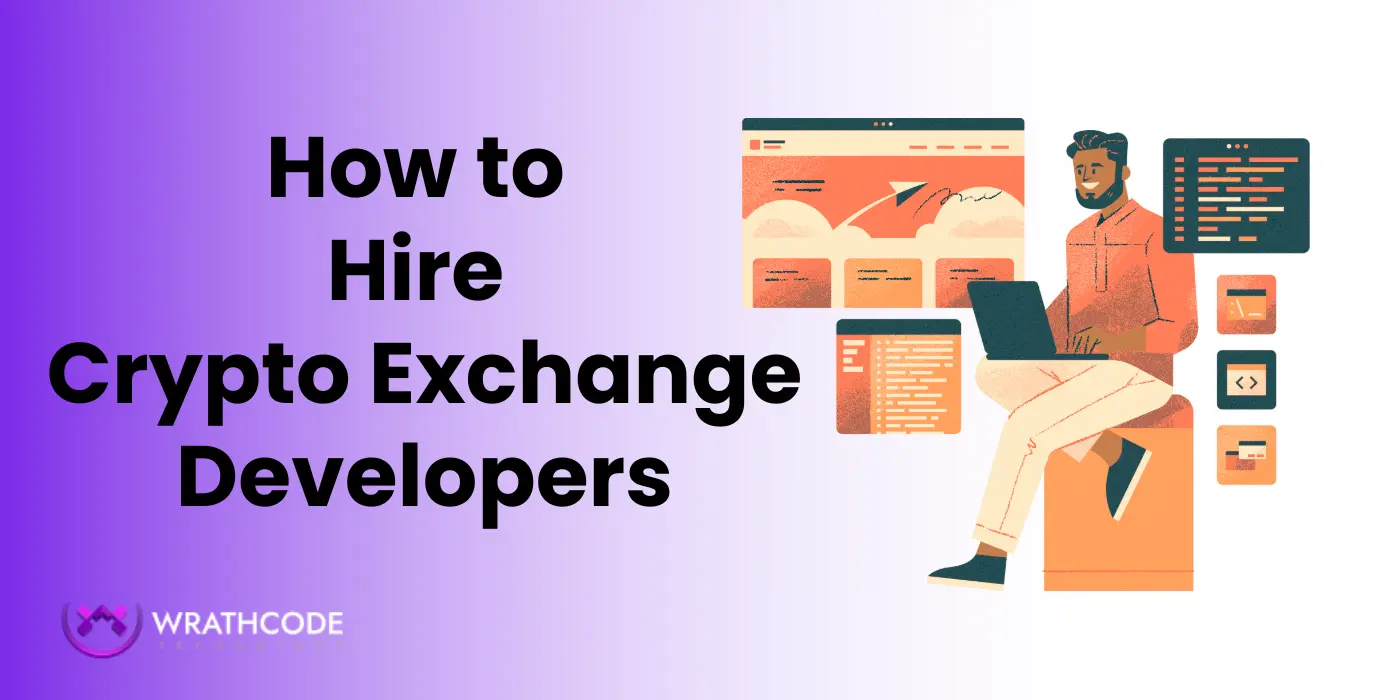

Leave a Reply